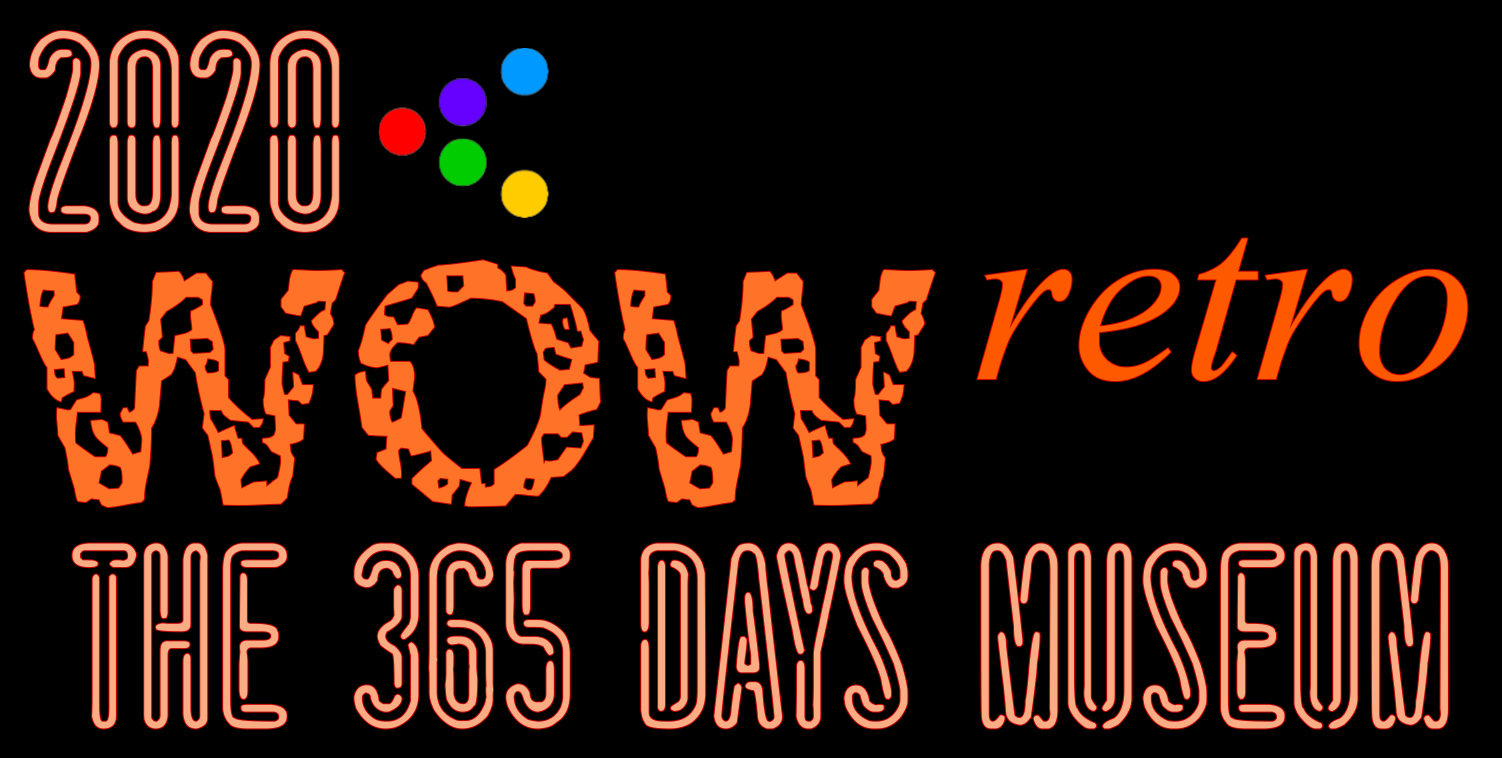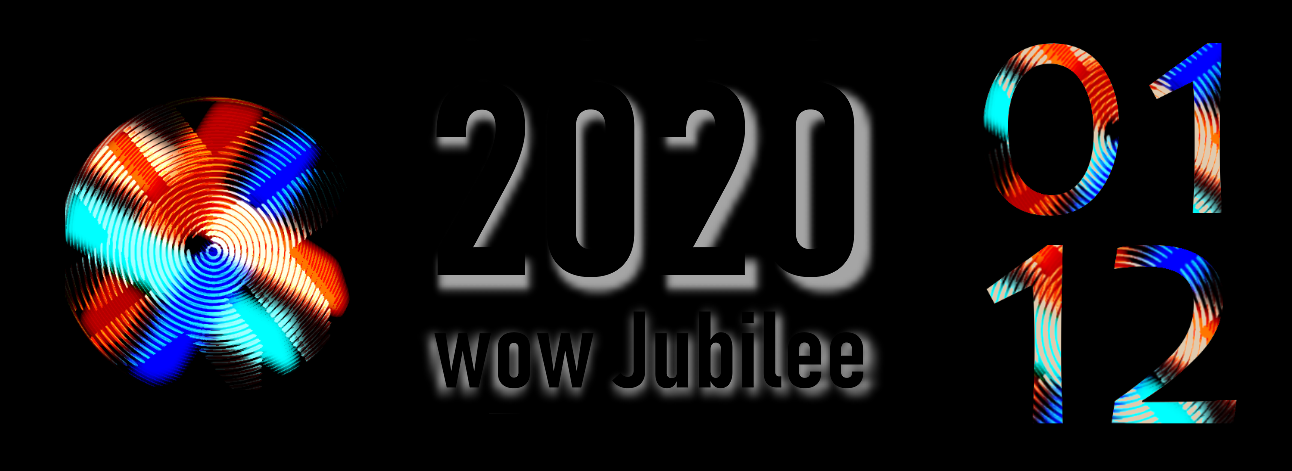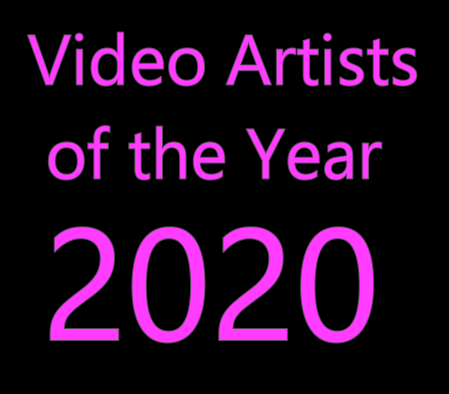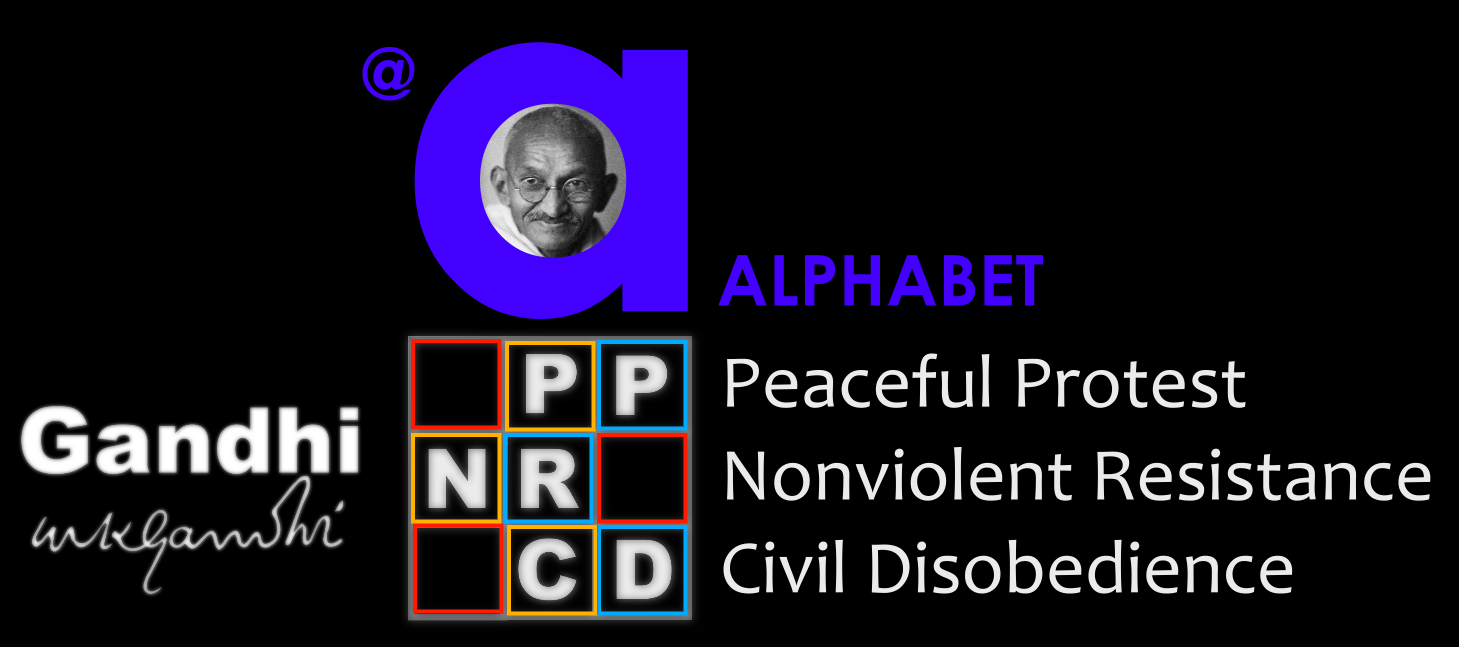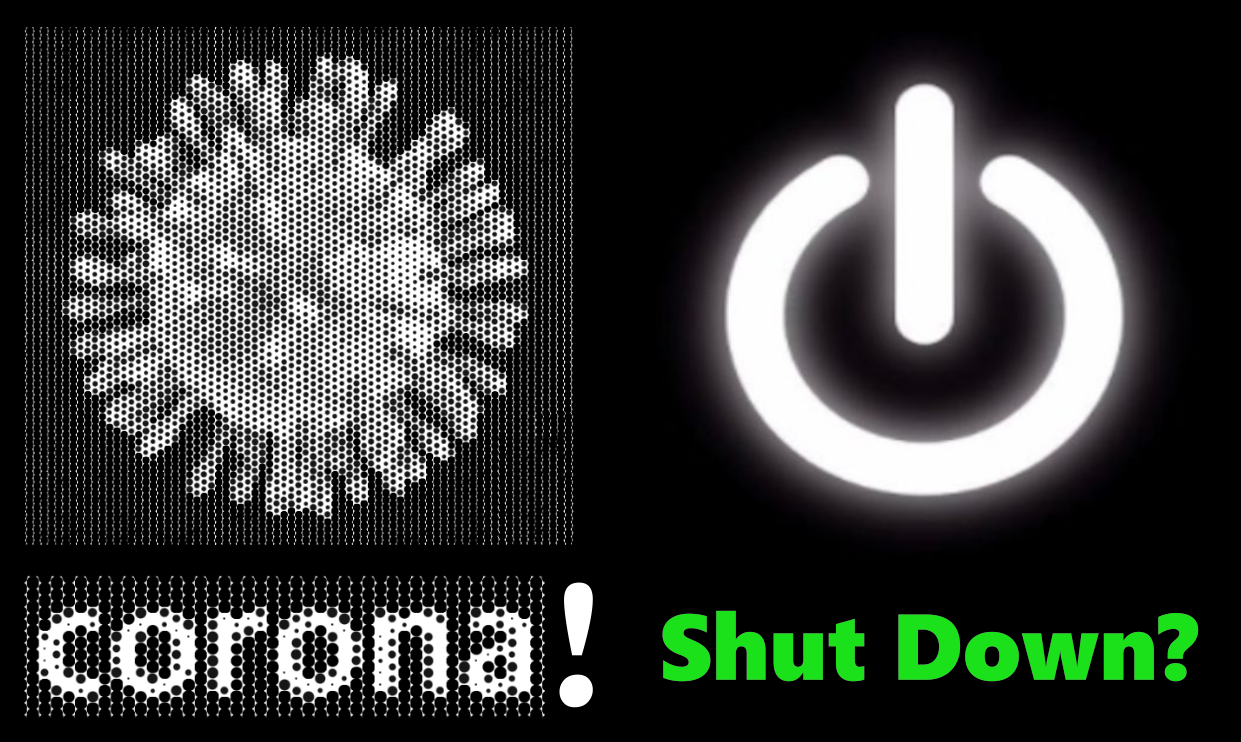video feature
Phnom Penh
A Virtual Memorial Phnom Penh
CologneOFF 2012 Cambodia
Freedom of Memory
The Cambodia 1975 – 1979 Memorial
Phnom Penh

Today, is the final day of A Virtual Memorial Phnom Penh 2012 – an event which is path breaking through the collaboration with MetaHouse Phnom Penh, respectively its director Nico Mesterharm, a German who was establishing the German-Cambodian Cultural Centre in the heart of Phnom Penh – and his wife Sopheak Sao. Wilfried has a guest room in the house of both, which is open to foreign guests. Phnom Penh is not only located in a tropical and exotic country, it has an impressive history in its positive, as well as in its negative sense. The positive aspect is the incredible highlight of the ancient Khmer culture – Angkhor Wat, but the negative one is referring in its name to this ancient culture – the Khmer Rouge, a Communiste terror regime executing one of the most horrible genocides of all times when during the years 1975 and 1979, the entire educated class – more than one million people were killed in order to establish a dictatorship based on a kind of stoneage ideology. During his visit Wilfried did not only visit the places where the people were exterminated in most cruel ways – the Tuol Slang prison in the heart of Phnom Penh or the Killing Fields with their mass graves. Shocking experiences, Wilfried was thinking, after visiting Auschwitz and Majdanek, nothing could shock him anymore, but visiting the Tuol Slang even for Wilfried it was too much, he had to throw up and was not able to continue his visit – the degree of inhumanity was blasting all his imagination.  Then, in the context of this, while talking with Nico Mesterharm, who had established at MetaHouse a kind of filmschool, teaching young Cambodian filmmakers, he offered Wilfried the collaboration for forming a new film collection within Wilfrieds “art and moving images” activities – dedicated to the Cambodian genocide and, how young local filmmakers are dealing with this still very vivid national trauma, which was killing whole generations of medical personal, teachers, intellectuals etc and this loss cannot be compensated within a few years or decades. So, the result was – Wilfried received filmic material from two sources – some individual filmmakers like Nico’s wife Sopheak Sao and himself, for instance, the second source comes from DMC the Media Department of the Royal University of Phnom Penh and the German based NGO GIZ (Gesellschaft für Internationale Zusammenarbeit) and films related to the topic created by students. Later this film collection will become the fundament of The Cambodia 1975-1979 Memorial.
Then, in the context of this, while talking with Nico Mesterharm, who had established at MetaHouse a kind of filmschool, teaching young Cambodian filmmakers, he offered Wilfried the collaboration for forming a new film collection within Wilfrieds “art and moving images” activities – dedicated to the Cambodian genocide and, how young local filmmakers are dealing with this still very vivid national trauma, which was killing whole generations of medical personal, teachers, intellectuals etc and this loss cannot be compensated within a few years or decades. So, the result was – Wilfried received filmic material from two sources – some individual filmmakers like Nico’s wife Sopheak Sao and himself, for instance, the second source comes from DMC the Media Department of the Royal University of Phnom Penh and the German based NGO GIZ (Gesellschaft für Internationale Zusammenarbeit) and films related to the topic created by students. Later this film collection will become the fundament of The Cambodia 1975-1979 Memorial.
 Wilfried is using his time in Phnom Penh for exploring the city by Tuk Tuk and walking, he is crossing the Mekong river by ferry, but unfortunately he did not decide to visit Angkhor Wat, which is quite a long travel within Cambodia. Yes, and then the strange was happening – all the local artists and culturally active people were invited to join the event, many foreign guests were attending, but just a few local artists, and one of the days one of the invited artists entered the MetaHouse for some other reasons, and being asked why he and his collegues did not attend and take the chance for an exchange, the answer was – the artists have no benefit when they are coming, eg. they are not paid for coming, why then should they attend the inauguration or the screenings.
Wilfried is using his time in Phnom Penh for exploring the city by Tuk Tuk and walking, he is crossing the Mekong river by ferry, but unfortunately he did not decide to visit Angkhor Wat, which is quite a long travel within Cambodia. Yes, and then the strange was happening – all the local artists and culturally active people were invited to join the event, many foreign guests were attending, but just a few local artists, and one of the days one of the invited artists entered the MetaHouse for some other reasons, and being asked why he and his collegues did not attend and take the chance for an exchange, the answer was – the artists have no benefit when they are coming, eg. they are not paid for coming, why then should they attend the inauguration or the screenings.
Wilfried never had heard anything like that before, but it was also clear – he was no gold donkey!

Since Wilfried’s travel to Cambodia was leading him via Bangkok, where he had to change the plane, on the way back to Germany, he has one whole day free time before the plane is leaving to Abu Dhabi, and this way Wilfried is getting a short, but good impression about the lively Thai capital.
A Virtual Memorial Phnom Penh 2012 @ Meta House Phnom Penh – 12-15 July 2012




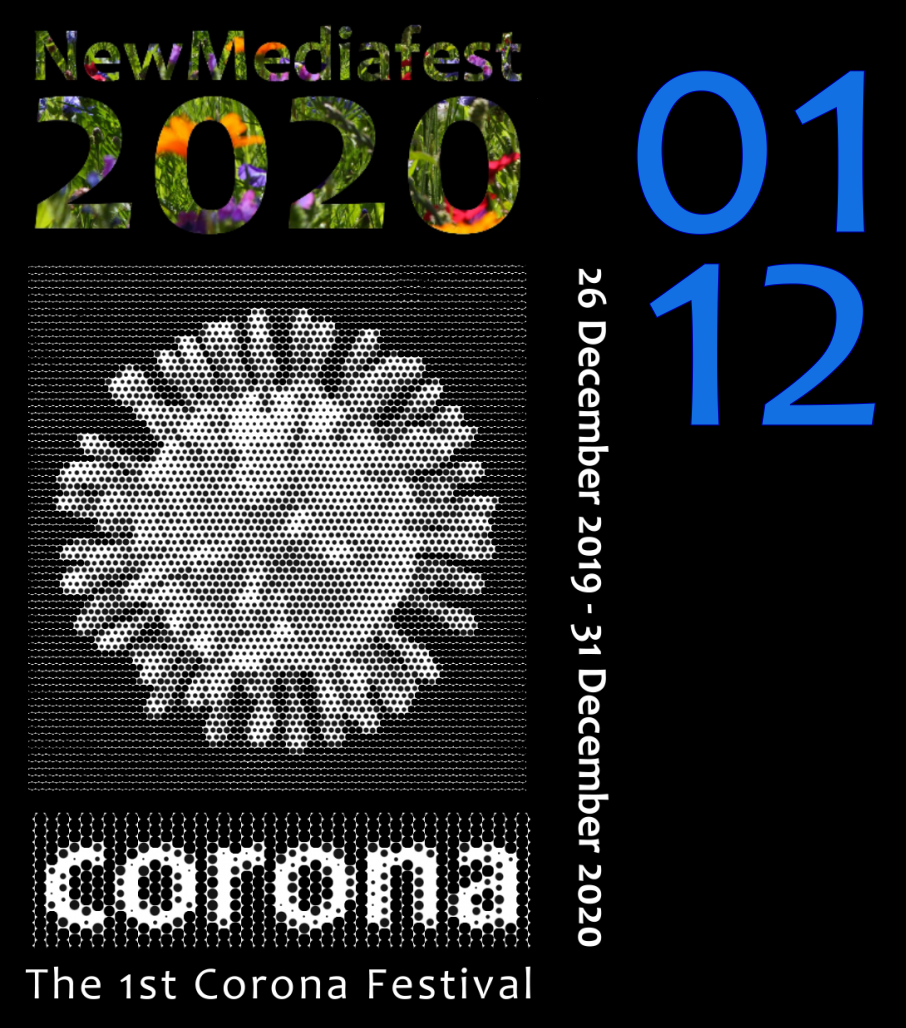




 META HOUSE has not only established itself as a meeting place for artists and art lovers, but also as an intercultural and interdisciplinary networking platform for Cambodian-based artists, Cambodian artists living overseas and their international colleagues.
META HOUSE has not only established itself as a meeting place for artists and art lovers, but also as an intercultural and interdisciplinary networking platform for Cambodian-based artists, Cambodian artists living overseas and their international colleagues. The traditional visual arts in Cambodia reveal the essential conservatism of the Khmer. Ancient themes were preferred and there was rarely an effort to improve or adapt. The principal crafts were weaving, silver and gold works, jewelry, and wood and stone carvings. “Only after independence in 1953, and the arrival of foreign teachers in the capital, were young art students introduced to the Post-Impressionist styles of Gauguin and Picasso, and to a range of new media from gouache to crayon and oil”, writes journalist Robert Turnbull. “Sadly, the subsequent wars put an end to all that: 90 percent of artists either left Cambodia or died during the civil wars of the 1970s. It will doubtless take years to revive that level of activity.”
The traditional visual arts in Cambodia reveal the essential conservatism of the Khmer. Ancient themes were preferred and there was rarely an effort to improve or adapt. The principal crafts were weaving, silver and gold works, jewelry, and wood and stone carvings. “Only after independence in 1953, and the arrival of foreign teachers in the capital, were young art students introduced to the Post-Impressionist styles of Gauguin and Picasso, and to a range of new media from gouache to crayon and oil”, writes journalist Robert Turnbull. “Sadly, the subsequent wars put an end to all that: 90 percent of artists either left Cambodia or died during the civil wars of the 1970s. It will doubtless take years to revive that level of activity.”




















